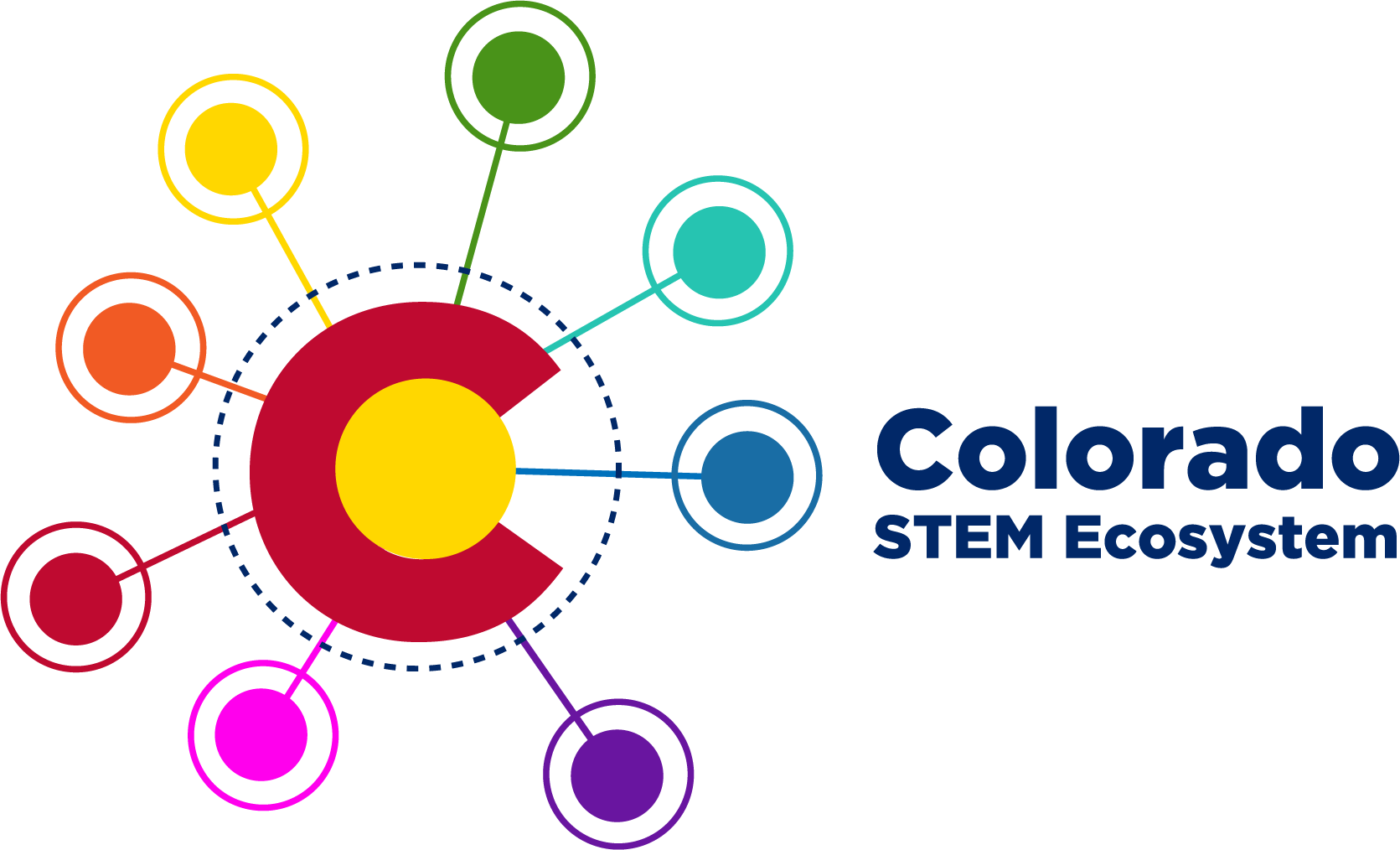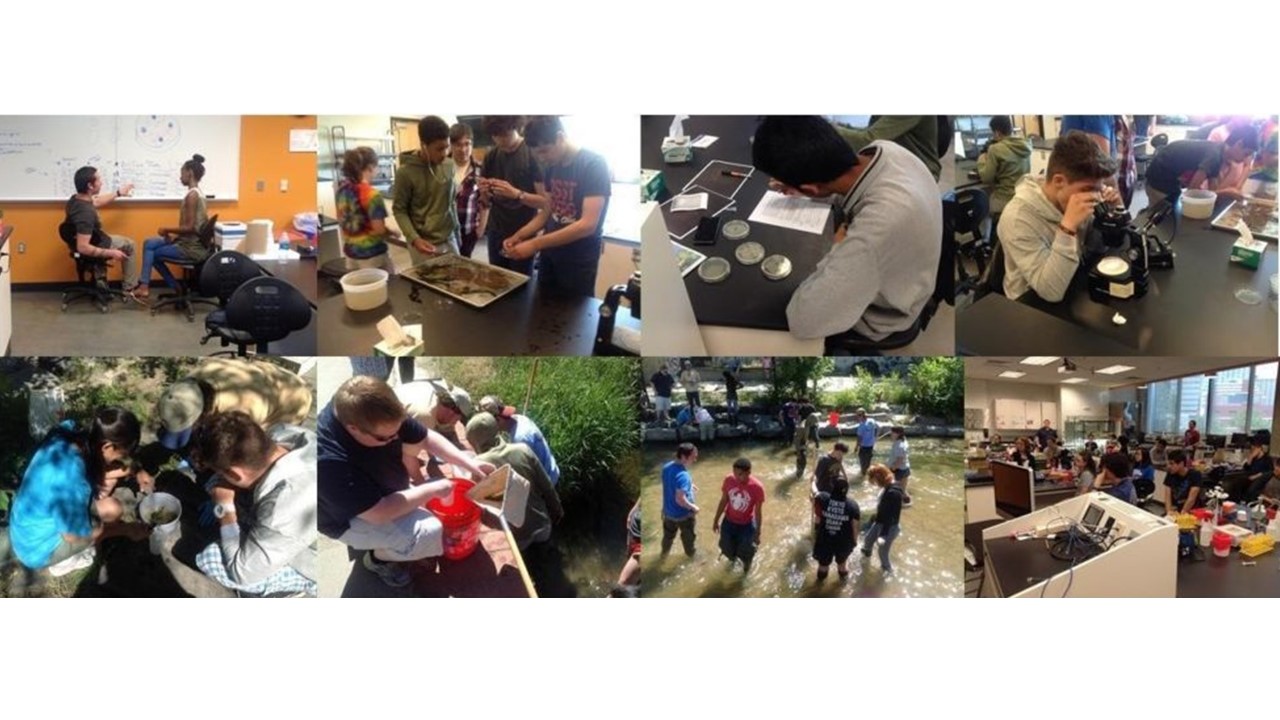What is STEM?
This is a word used frequently in education, research, and industry. Its origin is the acronym “S.T.E.M.” for science, technology, engineering, and math, but the term is often used without clarifying its meaning, and people may mean it in very different ways. The Colorado STEM Ecosystem’s definition is borrowed from the many places where STEM simply means learning experiences and workforce pathways that support interdisciplinary problem-solving. While some affinity groups add additional letters to represent their focus (e.g., STEMM to include medical fields or STEAM to include arts), our definition is intentionally broad to support coalition building. Our hope is to get more people to the same decision-making table, not less.
Why STEM Ecosystems?
In ecology, an ecosystem is a diverse community that coexists in a physical environment, interacting in balanced ways that support all the organisms. The STEM Ecosystems community strives to draw from the scientific idea of ecosystems to represent its research-based efforts to build networks for the sharing of resources and expertise among leaders from education, business and industry, non-profits, philanthropy, and others. You can find out more about the national STEM Learning Ecosystem Community of Practice launched in 2015 here.
How will the Ecosystem be helpful to me and/or my organization?
The Colorado STEM Ecosystem is designed so that you can customize your involvement to meet your own needs. As of May 2022, there is a statewide Ecosystem, but soon there will also be 8 regional hubs and a range of community-driven working groups on a range of issues—you can opt in or out of any of these. Each will have its own listserv to support group communications. The Colorado STEM Ecosystem is specially designed to support partnerships. Possible partnerships include those for:
- Funding
- Grants
- Outreach
- Volunteering
- Research
- Workforce development
- Mentoring
- Employment opportunities
- STEM events
- Scholarships
Why Join a STEM Ecosystem?
Colorado is a wonderful place to live, but we have very limited collaboration between and across the economic sectors and the different regions of the state. Many of us tend to stay in our silos, but we have real problems that need solving. In nature, species can only survive when they are part of an ecosystem. Strong partnerships are the key to building thriving communities. Across pK-12 districts, out-of-school providers, museums, governments and businesses, Ecosystems are forging relationships and helping build sustainable partnerships. There is amazing STEM-based education and industry happening all over the state, but how does anyone find out about it? How can we partner with each other to share lessons learned and move forward more efficiently? These partnerships shouldn’t depend on who you know, or how well resourced your organization is. Colorado can only solve its own problems if we have spaces that support and encourage our collaboration.
The only requirement to join is to complete the membership form, and you decide how much information you share. There is no cost to joining the Ecosystem. There are no conditions to being a member other than following basic norms. Your completion of the membership form activates two things: 1) Your information will appear immediately on an interactive visualization of the Ecosystem called Kumu. There is a public version and a member version where any contact information members have decided to share is visible. 2) You will be added to a google group to facilitate communications. Access to the listserv is limited to the Ecosystem administrators, and information is sent out to members on a weekly basis.

